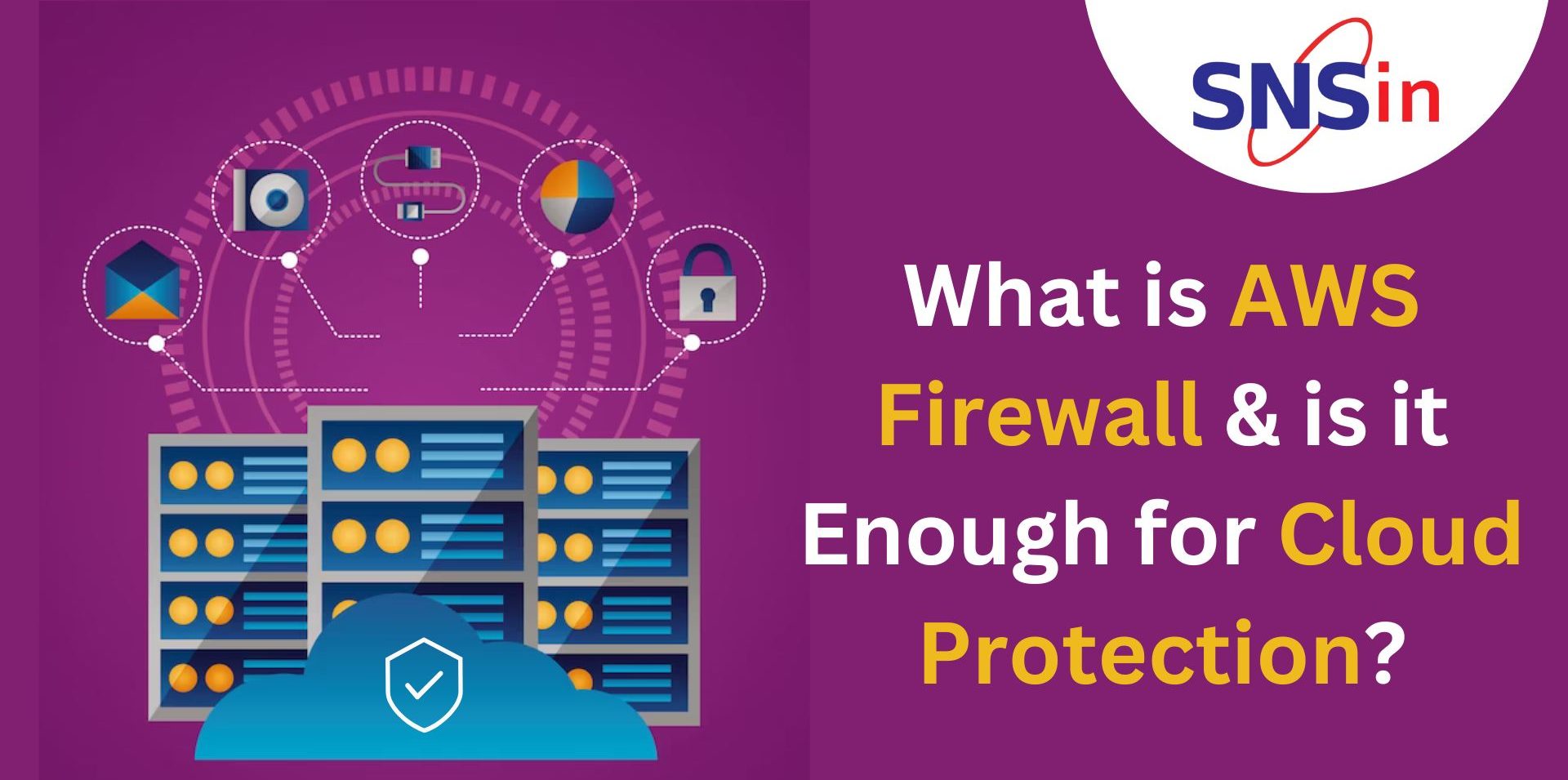Here is the list of top 5 network security tools:
Packet Analysis
Packet analysis is done by capturing the traffic that pass by the network devices. It is used to understand the traffic flow, troubleshoot the packet loss etc. This will help the administrator in faster troubleshooting on the issues reported. Wireshark, tcpdump are few examples
Intrusion Detection and Prevention
Intrusion detection systems monitors the traffic for malicious activity and alerts the same. Intrusion prevention systems detects and blocks the malicious activities. These are used to help the administrator to analyse the magnitude of attacks and take precautions. Organizations can use this data to change the security posture or device configuration.
Log Analyser
Log Analysers collects and analyses the logs and events of all the devices. They provide real-time log and event analysis that are generated by network devices providing visibility on the network traffic. It helps the administrator in faster analysis of the root cause for IT issues. SolarWinds Log Analyser is one of the examples.
Vulnerability Management
Unpatched software, software issues, human error such as misconfigurations, design and implementation loopholes lead to risks that keep evolving. Threats such as malware and Virus infiltrate into the network and cause damages. Knowing and having a track on what is in the network is very crucial. Scanning and finding these threats/risks and testing how critical these risks are is important to maintain the security posture of the organisation to a valid extent. Vulnerability management solutions such as Nessus professional helps in finding errors and risks in a network and security devices.
NMS
Network monitoring tools helps the administrators to keep a track on the health and status of the devices. It provides complete data on the status, connectivity, CPU and Memory utilisation, bandwidth utilization of the network devices. This information can be used to take precautionary measures which reduces the network outages and improves the performance.
![]()




